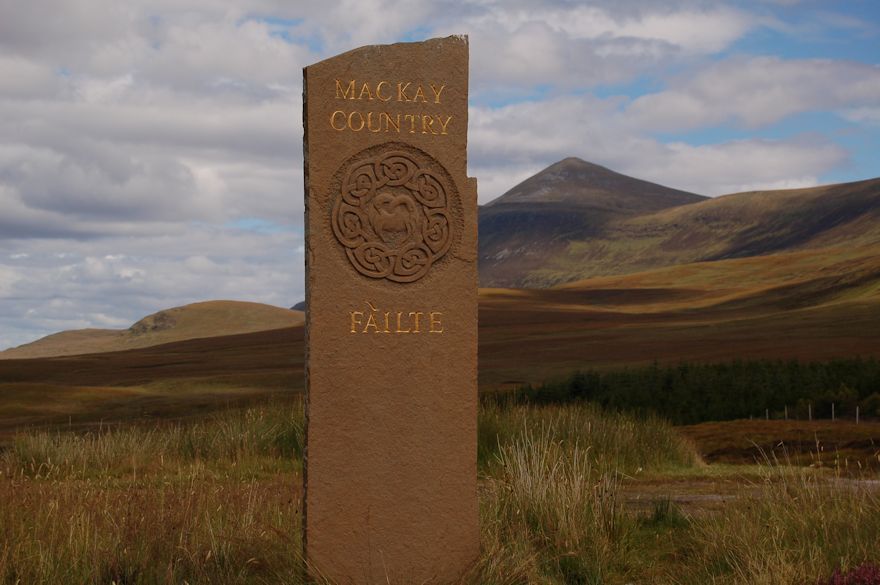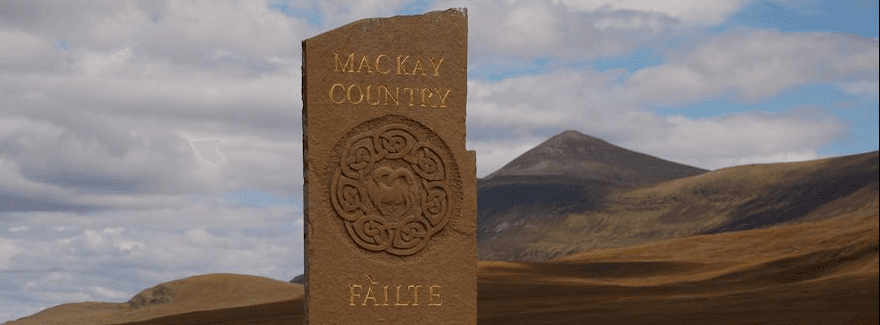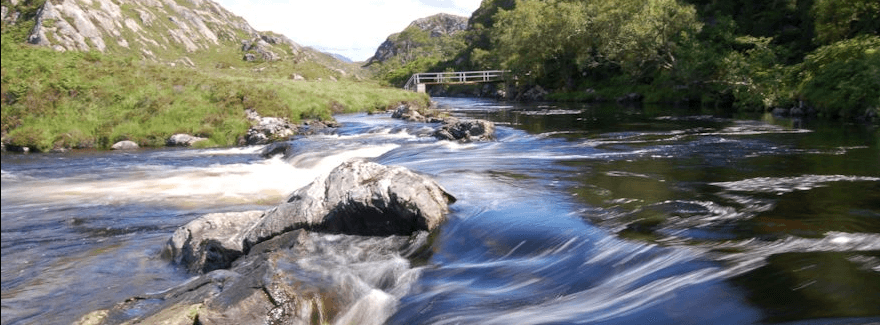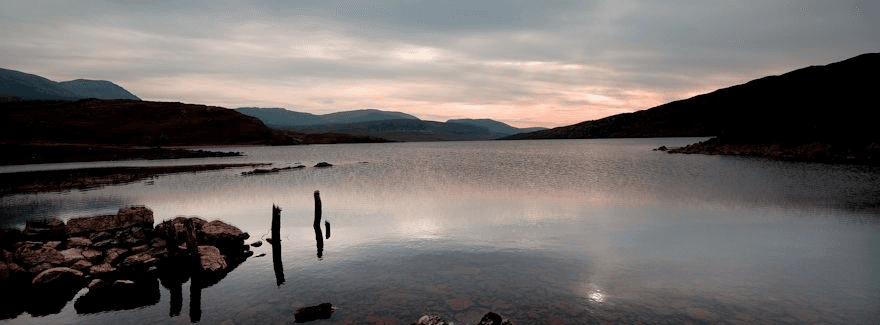A Brief History of Scourie
The Lairds of Scourie, the Mackays, built a fortified house here in the late 16th Century. It was extensively altered and enlarged in the early 1840's to become a coaching inn known as the Stafford Arms, now the Scourie Hotel. This was the birthplace in 1640 of General Hugh Mackay of Scourie who rose to become Commander-in-Chief of the army in Scotland for William and Mary in 1689 and a privy councillor. He fought at Killiecrankie and was killed at the Battle of Steinkirk in 1692.
The local people lived by farming and fishing. The Reverend Alexander Falconer in the Statistical Account of 1793 remarked on their self-sufficiency in both food and craftsmen.
The local people lived by farming and fishing. The Reverend Alexander Falconer in the Statistical Account of 1793 remarked on their self-sufficiency in both food and craftsmen.
Mail: mymail@mailservice.com
Phone: 555-555-5555

‘The families want for none of the necessaries of life, having bread and potatoes, fish and some flesh, wool and clothing, milk, butter and cheese, all the fruit of their own industry.’
Lord Reay sold the estate including Scourie in 1829 to the Duke of Sutherland with the Clearances in full swing. The factor Evander Maciver came to live in Scourie Lodge in 1845. He was given a free hand to run the estate and he could, and did, evict people. For fifty years he and his word were law. He wrote ‘there is no duty I performed during my services as factor in Sutherland on which I look back with more satisfaction than the time, trouble and care I expended in carrying out the transportation of so many families from the poor position of crofters in a wet climate and a poor soil for cultivation to the more fertile lands of Canada, Nova Scotia and Australia.’
Tarbet Foindle and Fanagmore
These townships are known locally as the ‘Balkans’. The story goes that many years ago when there was unrest in the Balkan states the postman while walking back to Scourie met the crofters returning home on ‘Rent Day’ The custom of having a few drams had been honoured and a heated argument was taking place. The postman remarked that they were ‘as bad as them in the Balkans’ and the name stuck.
Handa Island
Up until the mid 19th century, Handa supported a relatively large population for its size - in the census of 1841, 63 people lived there. Traditionally, the oldest widow was given the title "Queen of Handa". The potato famine of 1848 led to the migration of the islanders to Canada and it has since then been uninhabited. Handa rises over 400ft asl and measures about a mile by a mile and a half. It is a Site of Special Scientific Interest and is run as a nature reserve by the Scottish Wildlife Trust.
Bird life: Over 150 species including over 100,000 resident guillemots.
Plants: In excess of 216 species.
Mosses: In excess 100 types of moss.
The islanders worked the crofts and fished. Abundant bird life provided an additional resource - birds and eggs were eaten, houses were lit by burning fulmar oil and bird-feathers were traded for supplies. As mentioned, the potato famine of 1848 finally caused all the residents to emigrate.
Lord Reay sold the estate including Scourie in 1829 to the Duke of Sutherland with the Clearances in full swing. The factor Evander Maciver came to live in Scourie Lodge in 1845. He was given a free hand to run the estate and he could, and did, evict people. For fifty years he and his word were law. He wrote ‘there is no duty I performed during my services as factor in Sutherland on which I look back with more satisfaction than the time, trouble and care I expended in carrying out the transportation of so many families from the poor position of crofters in a wet climate and a poor soil for cultivation to the more fertile lands of Canada, Nova Scotia and Australia.’
Tarbet Foindle and Fanagmore
These townships are known locally as the ‘Balkans’. The story goes that many years ago when there was unrest in the Balkan states the postman while walking back to Scourie met the crofters returning home on ‘Rent Day’ The custom of having a few drams had been honoured and a heated argument was taking place. The postman remarked that they were ‘as bad as them in the Balkans’ and the name stuck.
Handa Island
Up until the mid 19th century, Handa supported a relatively large population for its size - in the census of 1841, 63 people lived there. Traditionally, the oldest widow was given the title "Queen of Handa". The potato famine of 1848 led to the migration of the islanders to Canada and it has since then been uninhabited. Handa rises over 400ft asl and measures about a mile by a mile and a half. It is a Site of Special Scientific Interest and is run as a nature reserve by the Scottish Wildlife Trust.
Bird life: Over 150 species including over 100,000 resident guillemots.
Plants: In excess of 216 species.
Mosses: In excess 100 types of moss.
The islanders worked the crofts and fished. Abundant bird life provided an additional resource - birds and eggs were eaten, houses were lit by burning fulmar oil and bird-feathers were traded for supplies. As mentioned, the potato famine of 1848 finally caused all the residents to emigrate.



